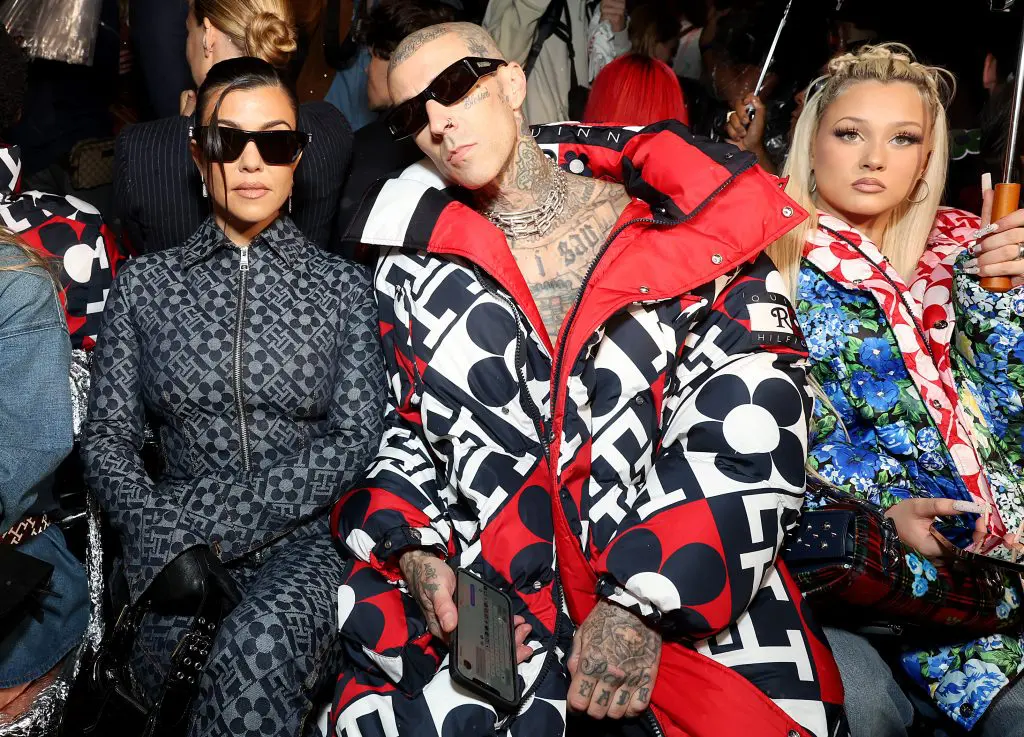
Summary
Phygital fashion—where physical garments and digital experiences converge—is revolutionizing how we design, shop, and interact with style in 2025. Driven by AR, VR, AI, IoT-enabled wearables, smart mirrors, and the metaverse, brands are creating seamless omnichannel journeys that deepen engagement, reduce waste, and unlock new revenue streams. From virtual try-ons at Sephora to NFT couture in Decentraland, phygital strategies balance innovation with sustainability, personalization, and convenience, setting the stage for fashion’s next frontier.
Phygital Fashion: Blending Physical & Digital Styles in 2025
What Is Phygital Fashion?
Definition
Phygital fashion refers to the integration of physical clothing with digital technologies—such as augmented reality (AR), virtual reality (VR), artificial intelligence (AI), and the Internet of Things (IoT)—to create immersive and interactive experiences.
Key Technologies
- AR & VR: Enable virtual try-ons and immersive brand storytelling within apps or in-store displays.
- Smart Mirrors: Use sensors and AI to overlay digital garments onto shoppers in real time.
- IoT Wearables: Track user behavior and provide personalized recommendations through connected hats, glasses, and shoes.
- Metaverse & NFTs: Allow consumers to own and showcase digital-only garments as non-fungible tokens within virtual worlds.
Drivers of the Phygital Movement
Changing Consumer Expectations
Gen Z and Millennials demand seamless experiences that bridge online and offline, expecting brands to offer fast, personalized, and entertaining shopping journeys.
Brand Innovation & Competition
Luxury houses like Gucci and Versace leverage AR filters, virtual activations, and digital fashion shows to maintain innovation leadership and engage tech-savvy audiences.
Technological Maturation
Advances in AI-driven styling tools, real-time 3D rendering, and affordable AR hardware (e.g., Apple Vision Pro) have lowered barriers for brands to implement phygital solutions.
Phygital Fashion in Practice
Smart Mirrors & Virtual Try-Ons
Retailers such as Sephora use AR-powered Virtual Artist mirrors to let customers “try on” makeup and apparel virtually, slashing return rates and enhancing discovery.
AR & VR Retail Experiences
Decentraland’s Metaverse Fashion Week showcased phygital runway events where users could interact with digital garments before purchasing physical versions.
Digital-Physical Product Integration
Brands like KiviSense embed NFC chips in garments, unlocking digital care instructions, styling tips, and loyalty rewards via smartphone scans.
Case Studies & Examples
Metaverse Fashion Week
The Ultimate Guide to Metaverse Fashion Week highlighted Gucci’s immersive VR installations and virtual try-on lounges, demonstrating how digital exclusives drive hype and sales.
Retail Innovators
- Sephora: Blended in-store and online with Virtual Artist AR mirrors and AI chatbots for personalized beauty consultations.
- StreetFight’s “Let’s Get Phygital in 2025”: Chronicles how smart mirrors and connected wearables are redefining the in-store experience.
Digital-Only Fashion
Digital fashion house DressX issues NFT garments that consumers can wear virtually on social media, eliminating material waste and shipping emissions.
Benefits & Challenges
Benefits
- Enhanced Engagement: Immersive experiences increase dwell time and brand loyalty.
- Sustainability Gains: Virtual try-ons and digital samples reduce returns and overproduction.
- Data-Driven Personalization: IoT wearables and AI yield real-time insights for tailored recommendations.
Challenges
- Privacy & Security: Collecting biometric and behavioral data raises ethical and regulatory concerns.
- Technology Adoption: High setup costs and the need for staff training can hinder implementation for smaller brands.
- Digital Divide: Ensuring equitable access to phygital experiences remains a critical issue.
The Future of Phygital Fashion
Phygital fashion is poised to evolve with 5G-enabled in-store experiences, AI-powered style assistants, and deeper metaverse integrations that push the boundaries of creativity and commerce. Brands that master this blend will lead in customer engagement, sustainability, and innovation.
Conclusion
Phygital fashion in 2025 represents a paradigm shift—merging the tactile pleasure of physical garments with the limitless possibilities of digital innovation. By embracing AR, VR, AI, IoT, and blockchain, brands can deliver personalized, sustainable experiences that resonate with modern consumers. As technology and creativity converge, the phygital frontier promises to redefine how we wear, share, and value fashion.
Which phygital experience are you most excited to try? Share your thoughts below!